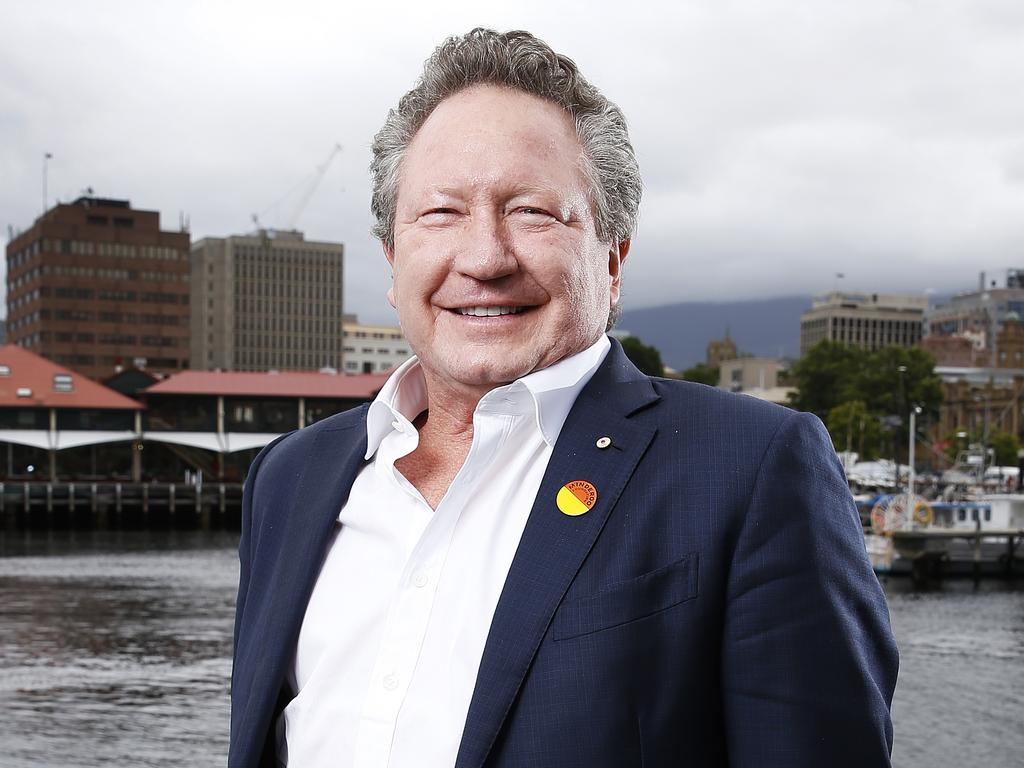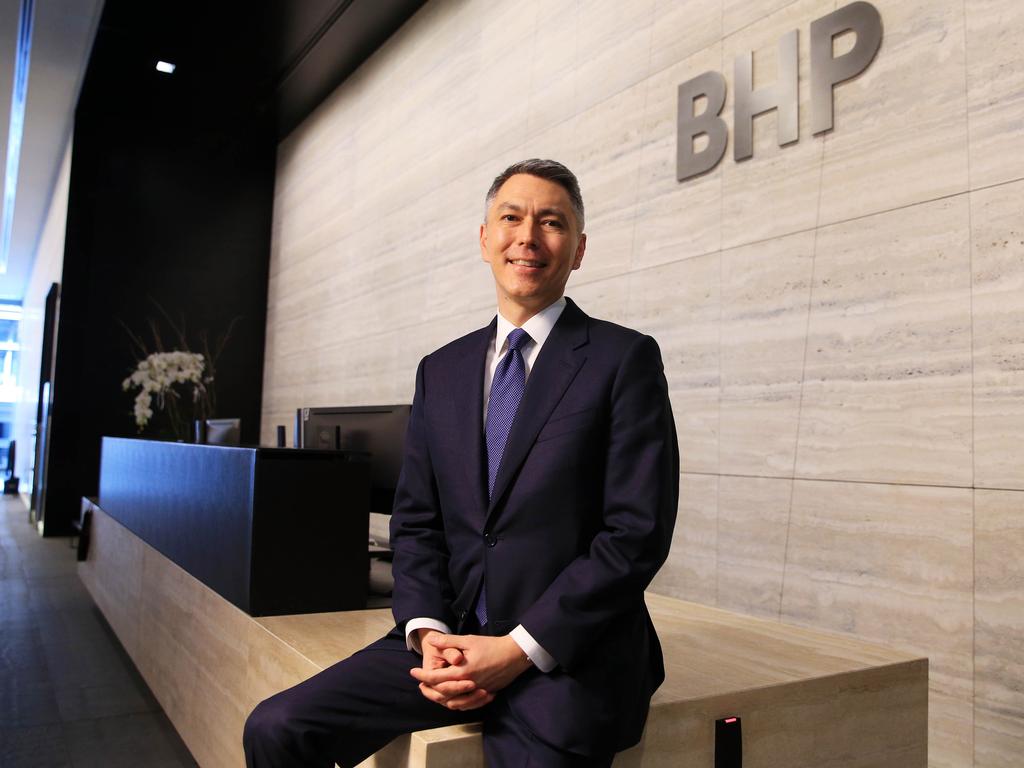Eddie Sugar sweet on major new WA iron ore play
After supporting Fortescue in the early days, New York money man Eddie Sugar is backing another WA iron ore play.

He helped bankroll Fortescue Metals Group when no one else would back its founder, Andrew Forrest. Now, New York money man Eddie Sugar is backing another West Australian iron ore play as high iron ore prices crack open a rare investment window for a new iron ore player.
Sugar is working with Toronto and ASX-listed Macarthur Minerals to help raise the estimated $US350m ($510m) debt it will need to become WA’s first new iron ore miner since Gina Rinehart’s team put the finishing touches on Roy Hill in 2015.
But Macarthur wants to build a magnetite mine — these days almost a dirty word in mining and investment circles given Chinese industrial giants Ansteel and CITIC have each blown billions on building and running their energy-intensive mines in WA.
Even with Fortescue’s reputation and history of success, its decision last year to pull the trigger on a $US2.6bn magnetite project in the Pilbara was met with scepticism.
Unlike traditional dig-and-ship hematite iron ore, magnetite deposits are low grade and the ore must be crushed to a fine dust before being run through a magnetic separation process.
Magnetite costs far more to produce than Australia’s traditional deposits, but its purity and higher grade also means it fetches a higher price.
However, rather than go for the massive scale of CITIC and Ansteel’s WA mines, Macarthur wants to build a scaled down, four-million-tonne-a-year version, potentially mixing magnetite and hematite ore from its Lake Giles project, 175km northwest of Kalgoorlie, and using equipment readily available from China, where magnetite is the norm in domestic production.
Mr Sugar said that should make the company’s project an easier sell to US investors and lenders than Fortescue was in its early days, but said there was a limited window to take advantage of the opening.
Macarthur has held the deposits since the heady early days of the mining boom, is largely permitted to mine, is nearing deals for access to port and rail services to ship its product and is now completing a bankable feasibility study on the project, having signed an offtake deal for all of Lake Giles’ future product with Glencore’s trading arm.
The company’s preliminary economic assessment on Lake Giles, delivered to the Canadian market in June last year, tipped capital costs of $US326m and average operating costs of $US37.62m to produce a product graded 65 per cent iron ore.
That quality of iron ore is selling for $US109 a tonne, landed in China, and Mr Sugar said even at longer-term iron ore prices the project’s potential could be sold to the US debt markets.
“The unique thing about this is timing and numbers,” he said.
“If the numbers come in where they think they will — about $US300m-$US350m — and they can be in production in a year and their costs are circa $45 a tonne, there is a lot of fat in there.
“If they could be in production tomorrow they could be producing more than $100m of free cash flow on the numbers they’re throwing around.
“If you’re borrowing $300m, it’s a three-year payback.”
Like Fortescue, in which he says he still holds shares, Mr Sugar said Macarthur would need its luck to hold, as well as its planning, pointing to his involvement in ASX-listed liquefied natural gas play LNG Limited — one of the hottest stocks on the market in 2014 as it closed on a deal to become an early mover in US gas exports, until the oil price crashed — as an example.
“Everything was running in their favour, they get the permits and the oil goes from $US110 to $US40,” he said.
“That’s the difference between luck and not luck.”






To join the conversation, please log in. Don't have an account? Register
Join the conversation, you are commenting as Logout